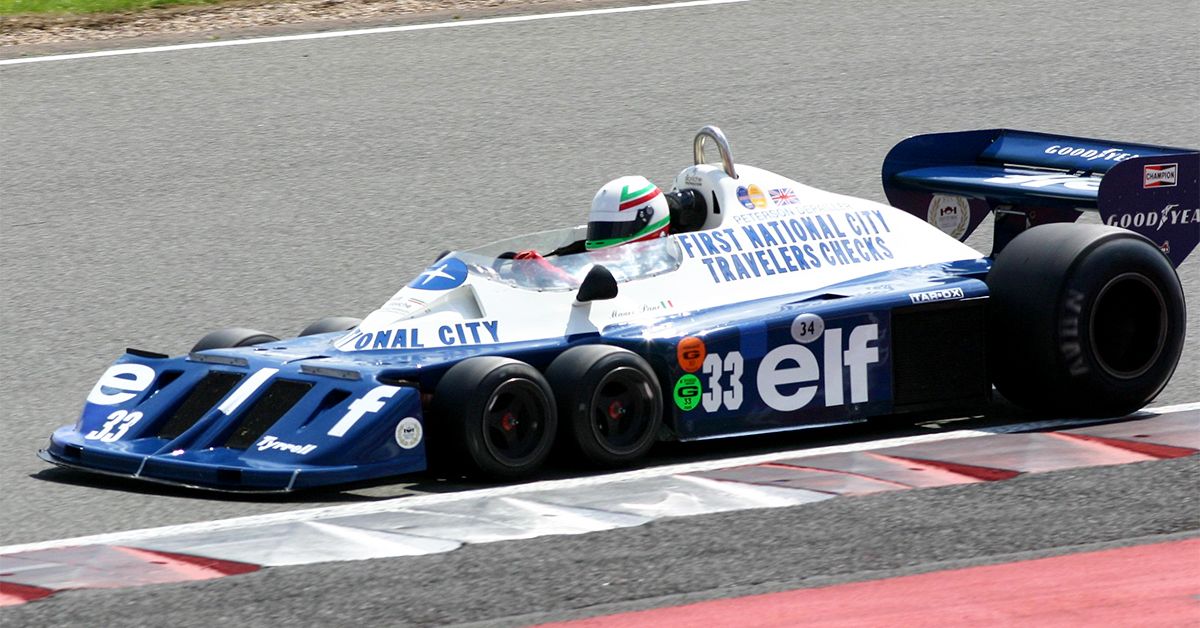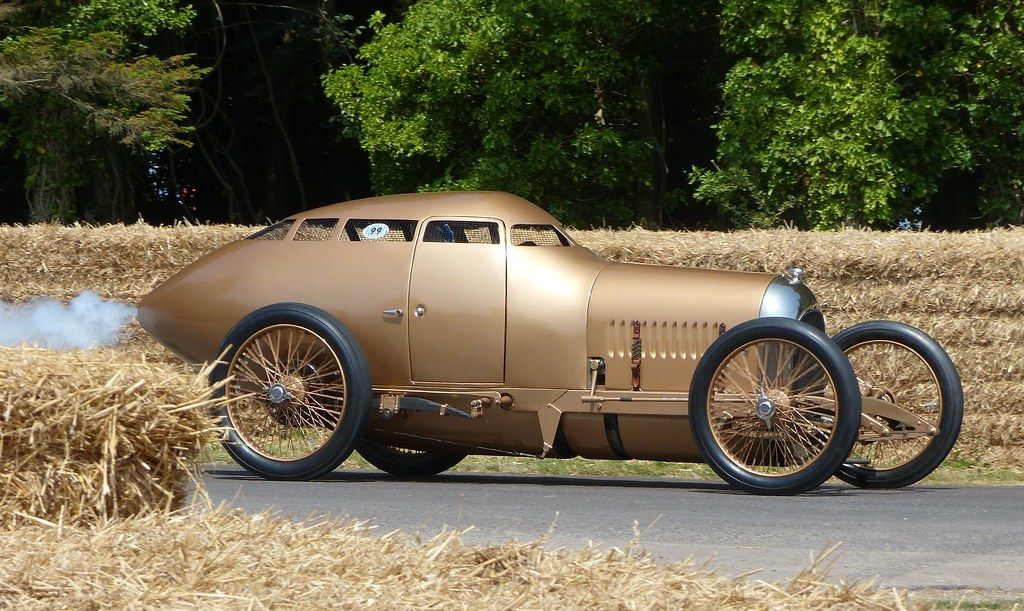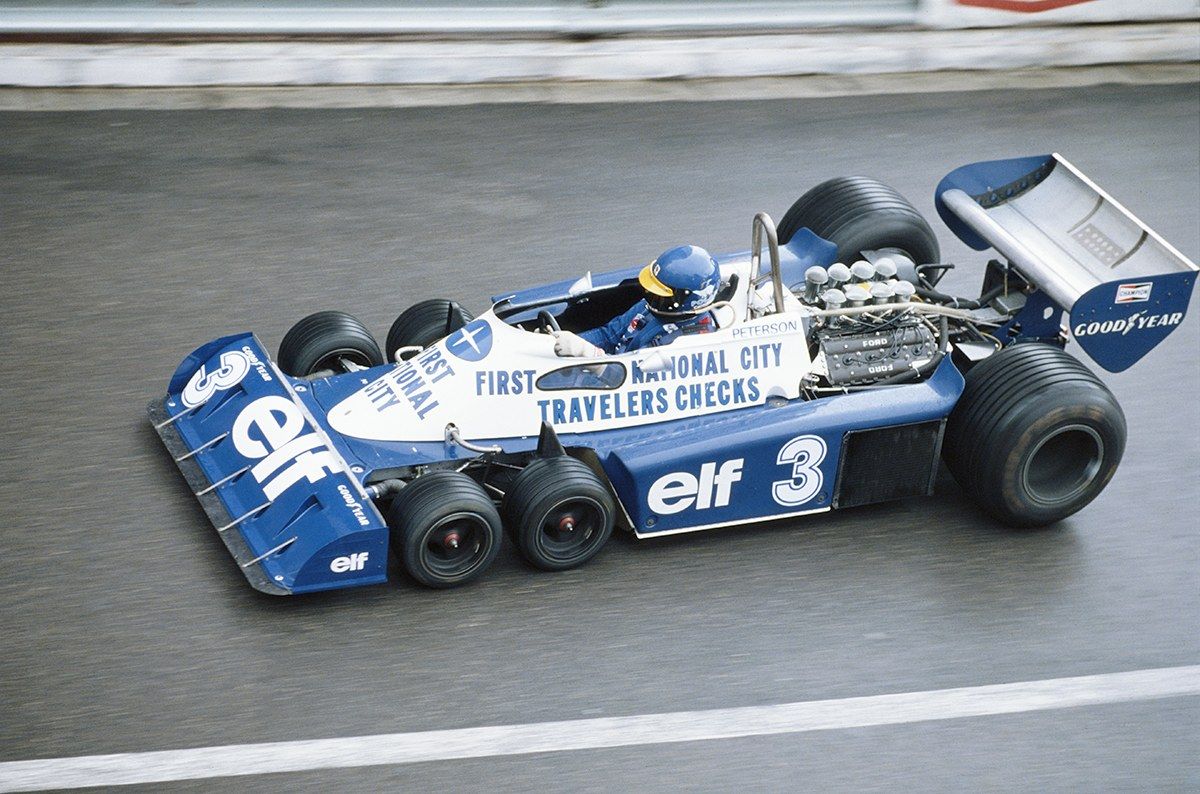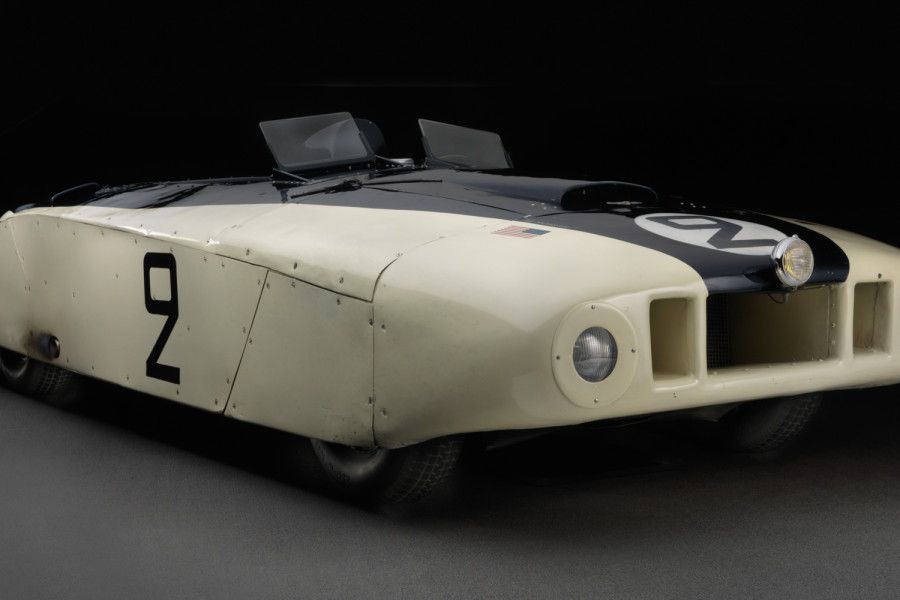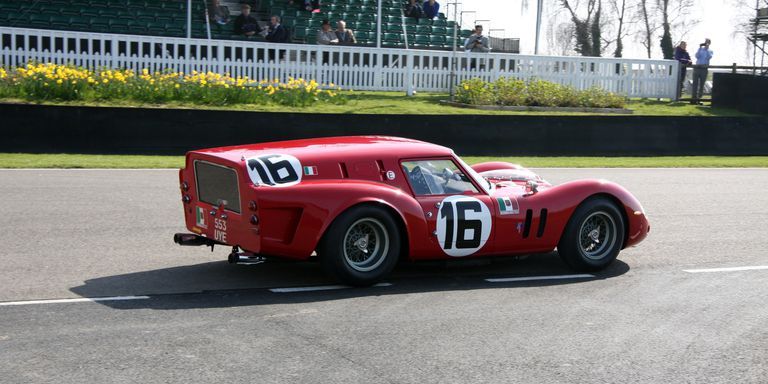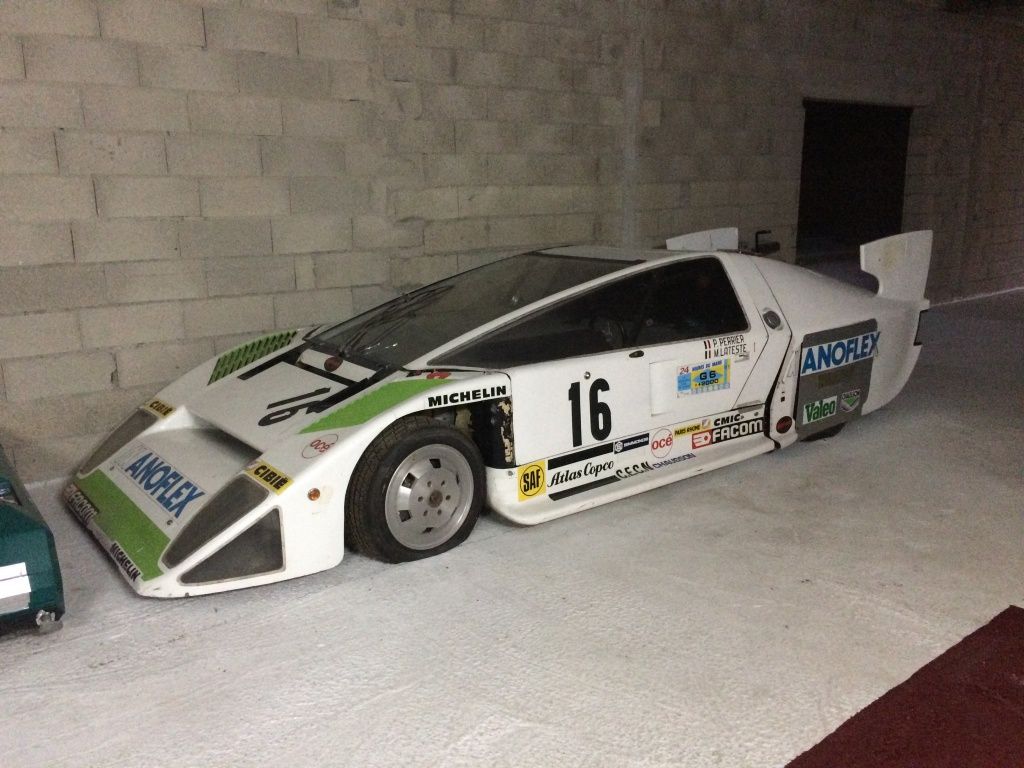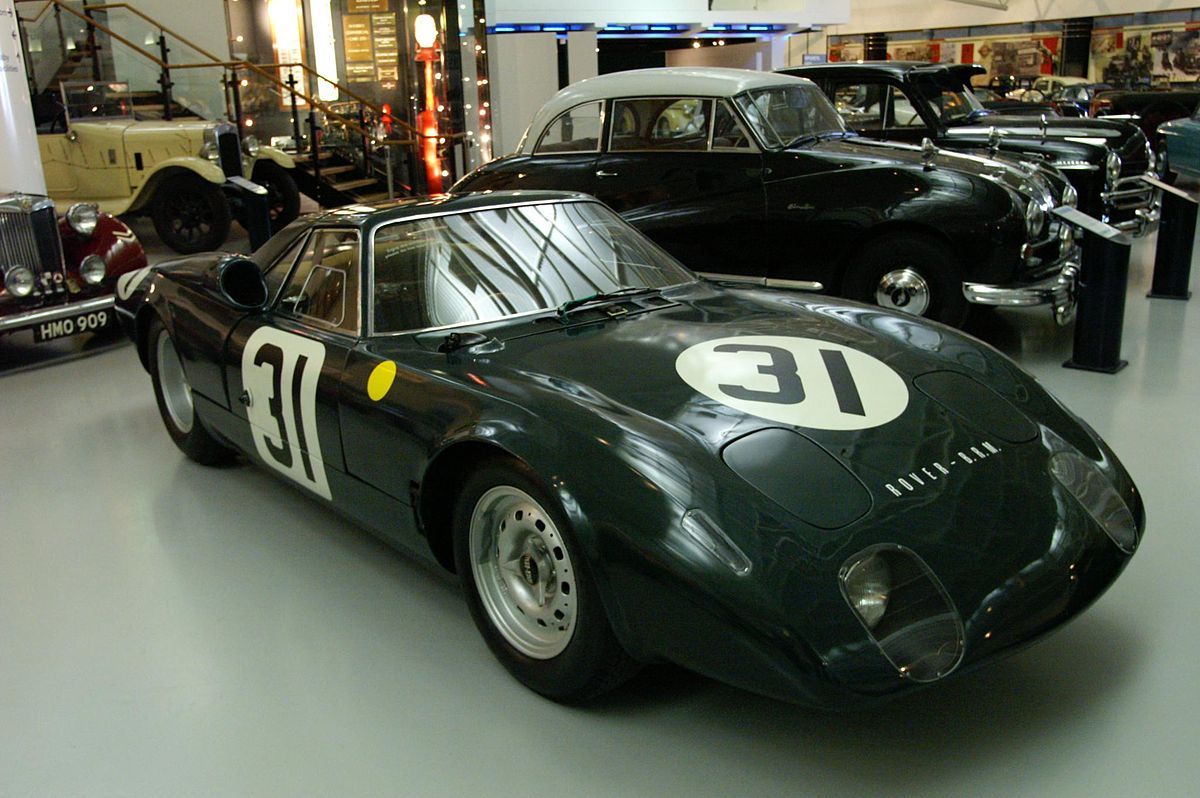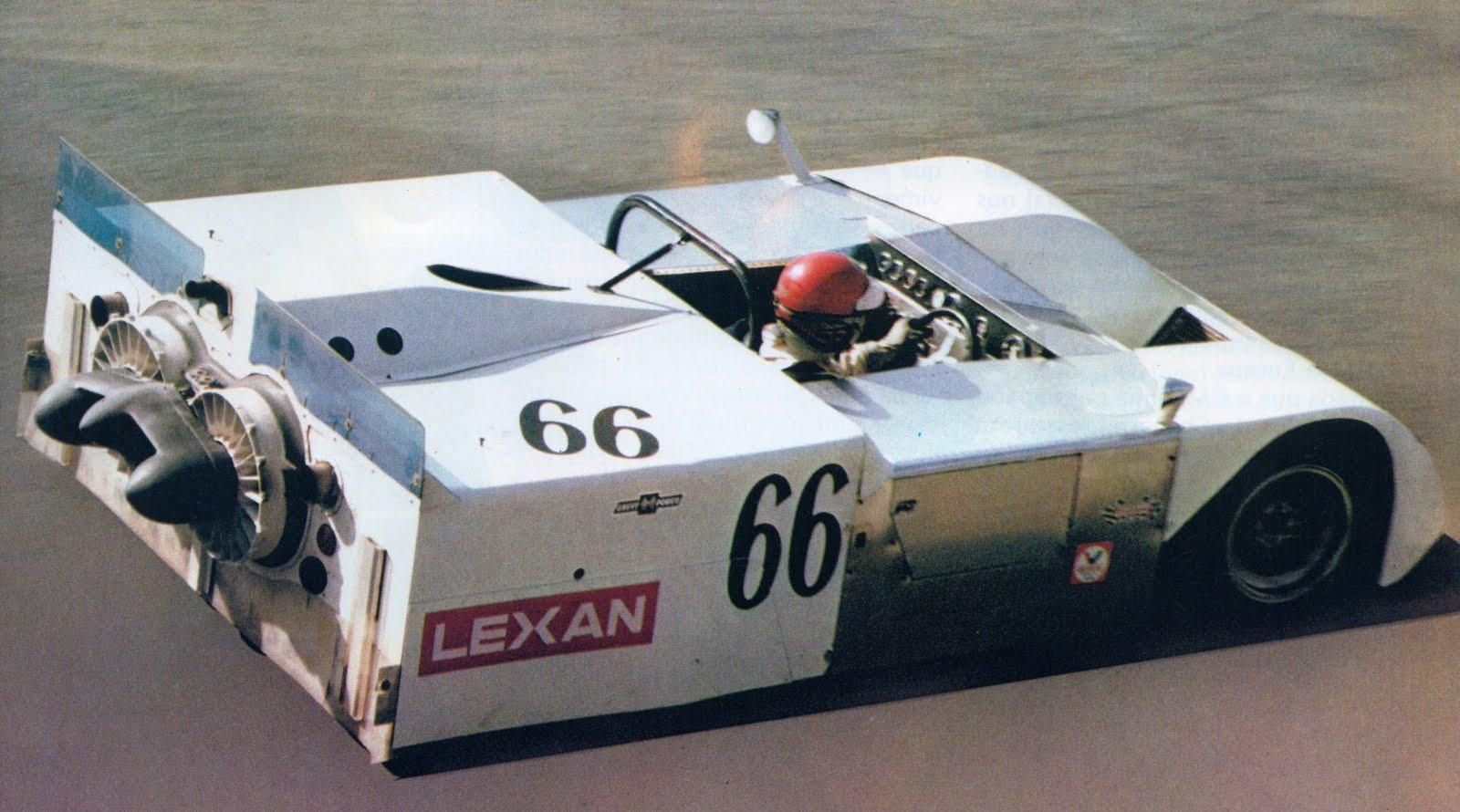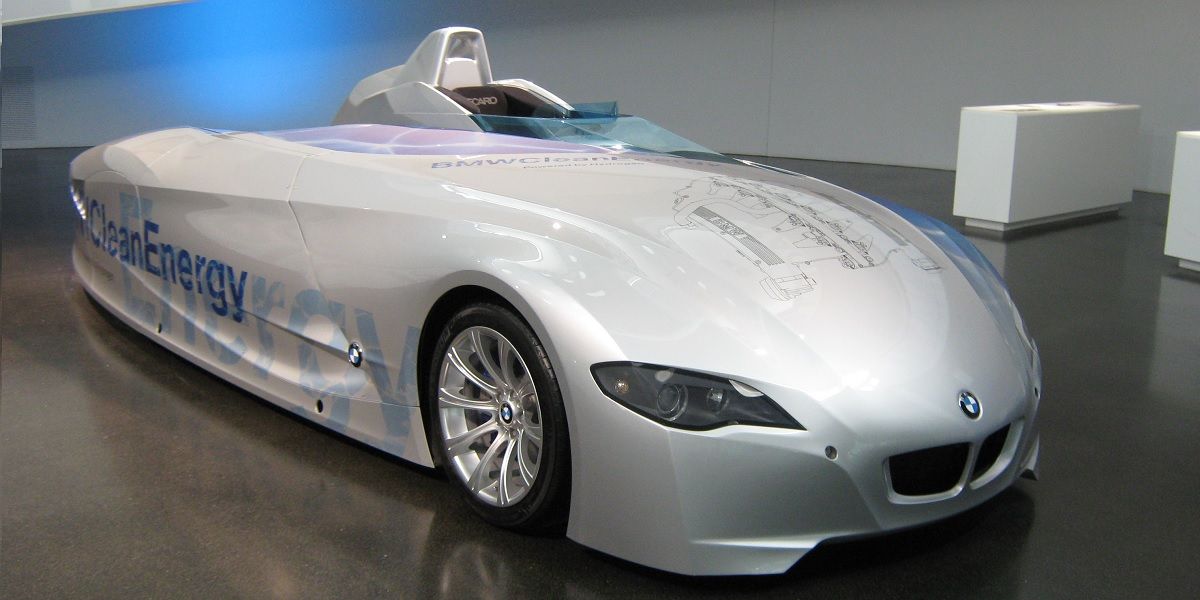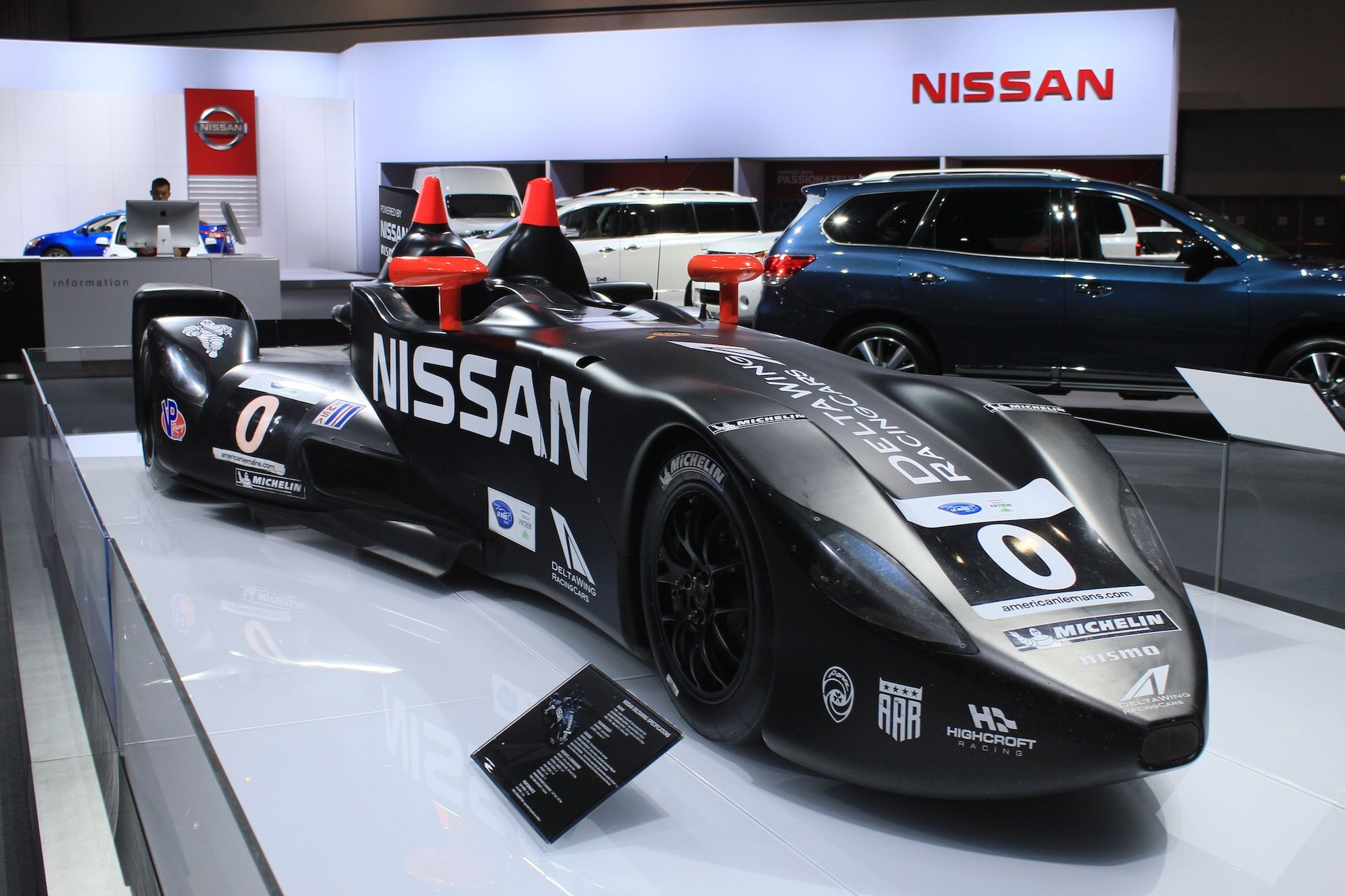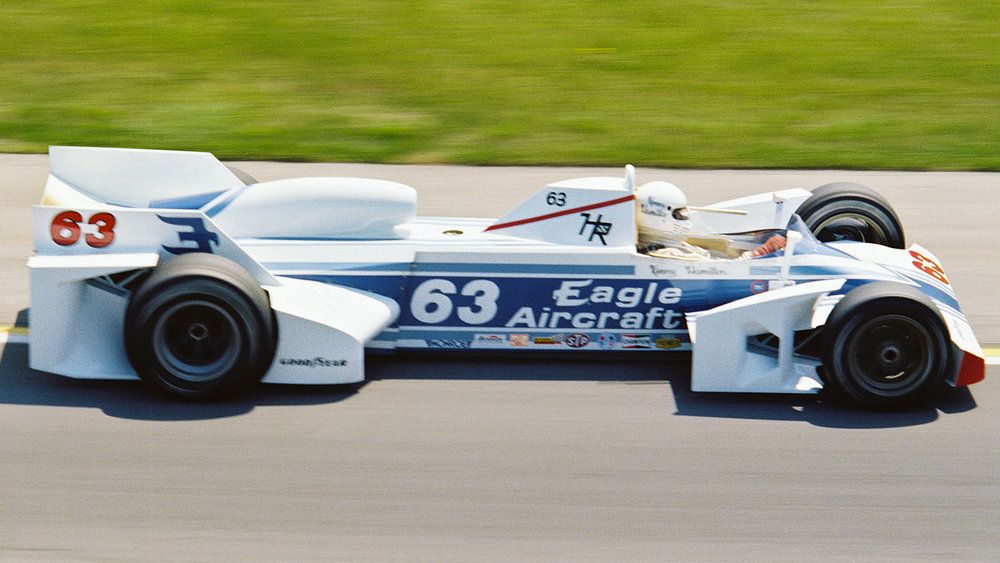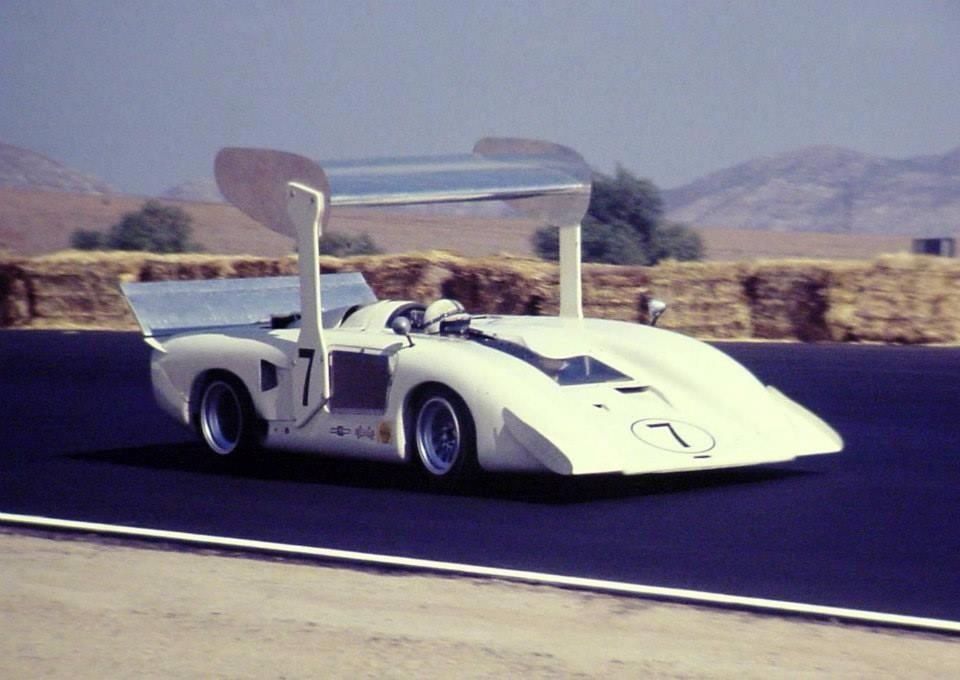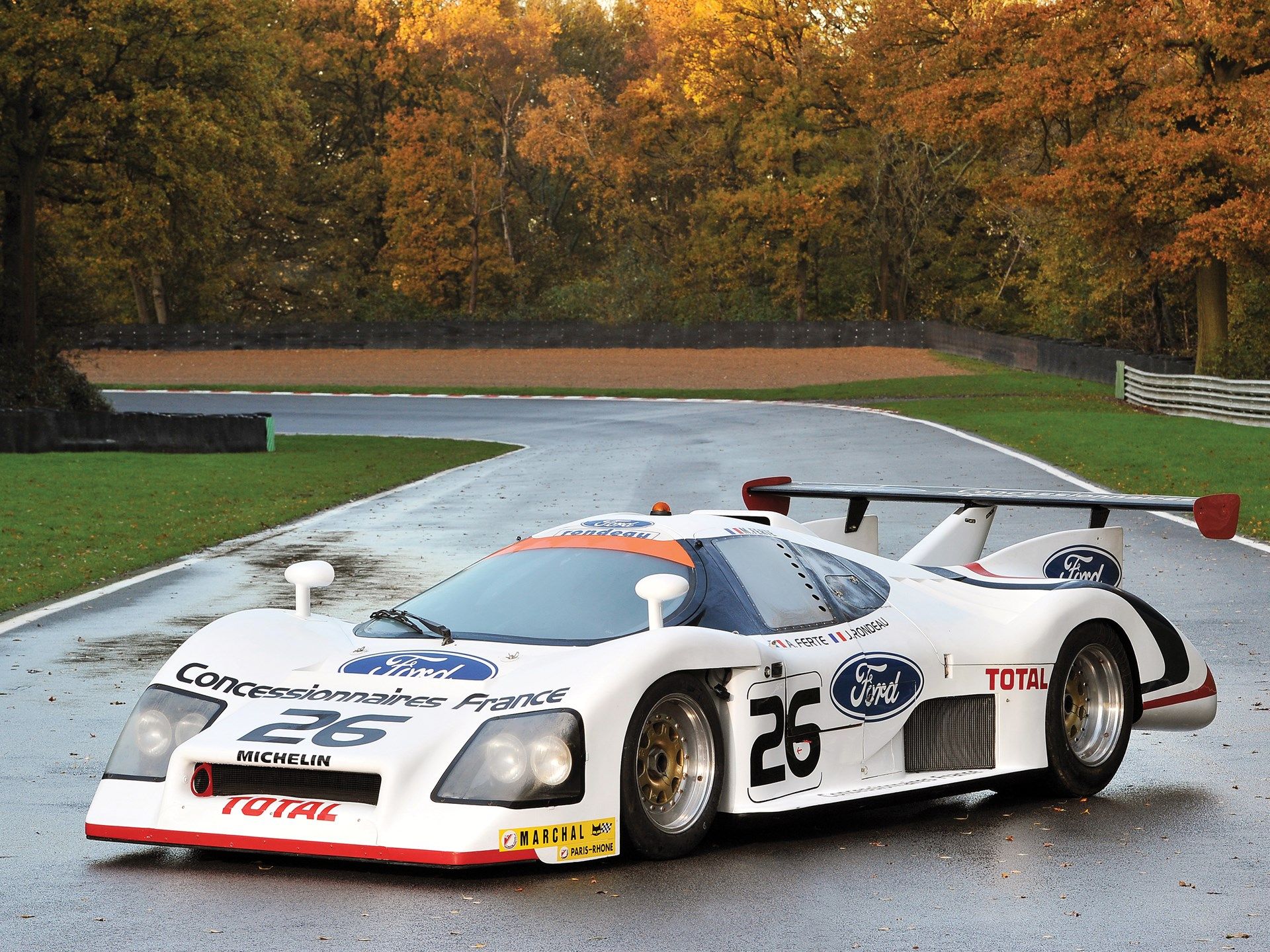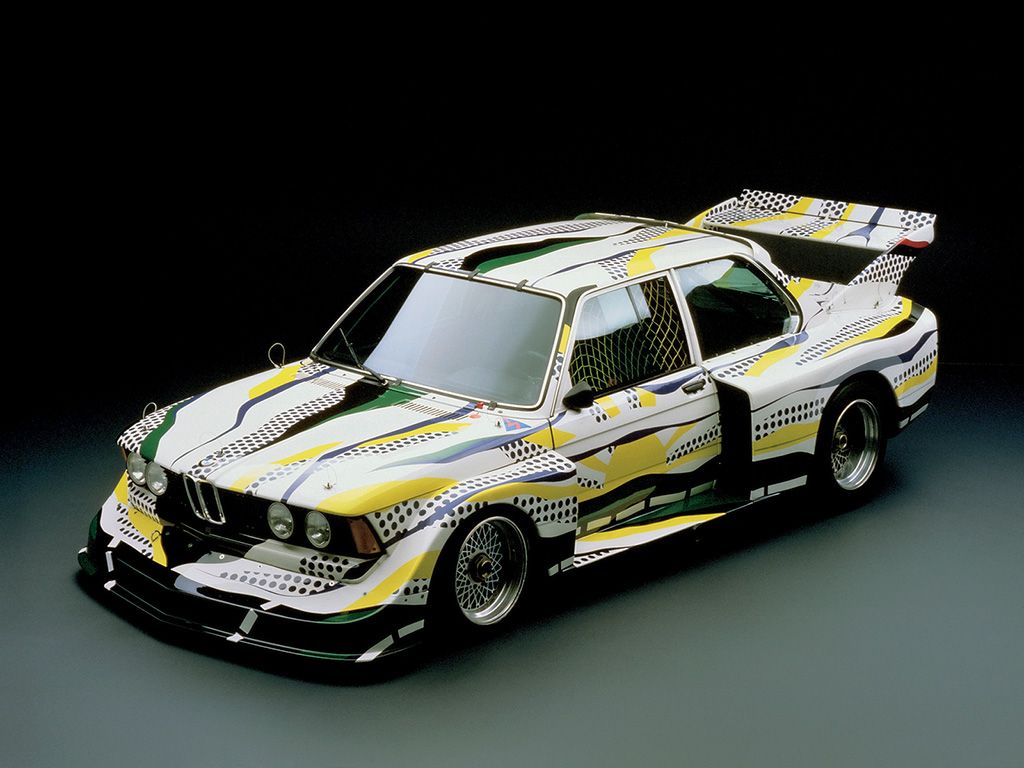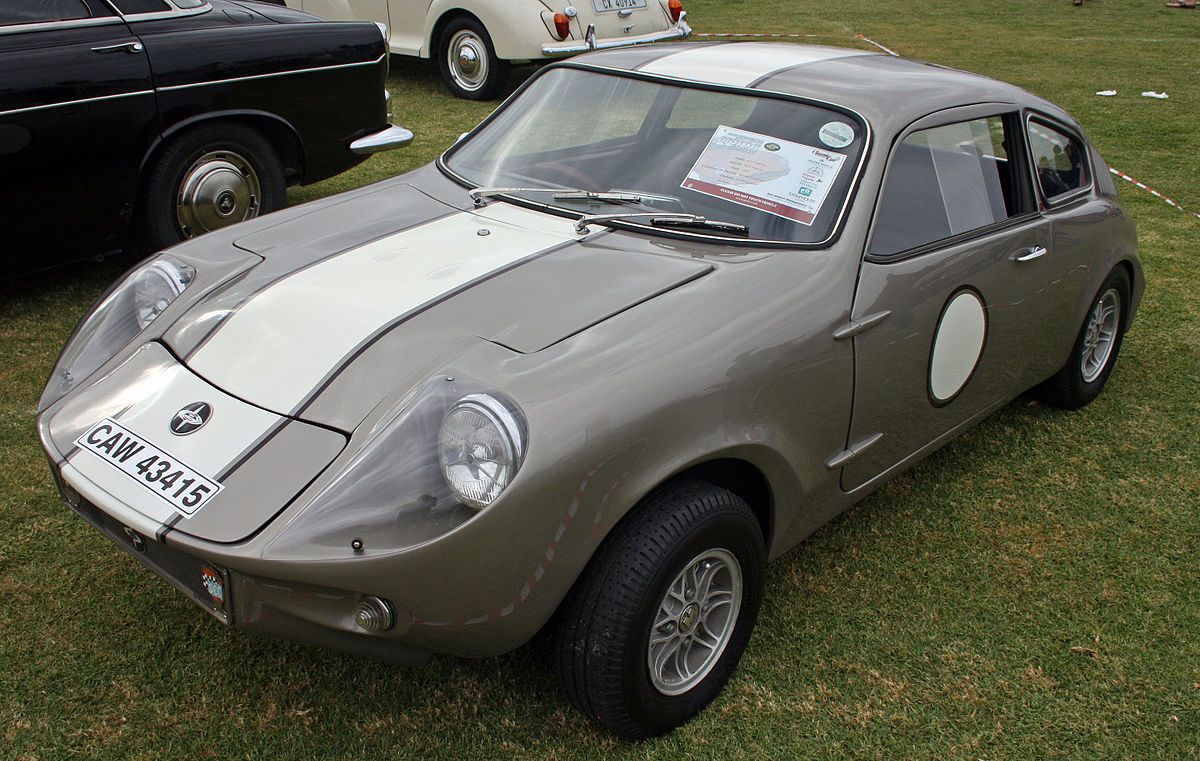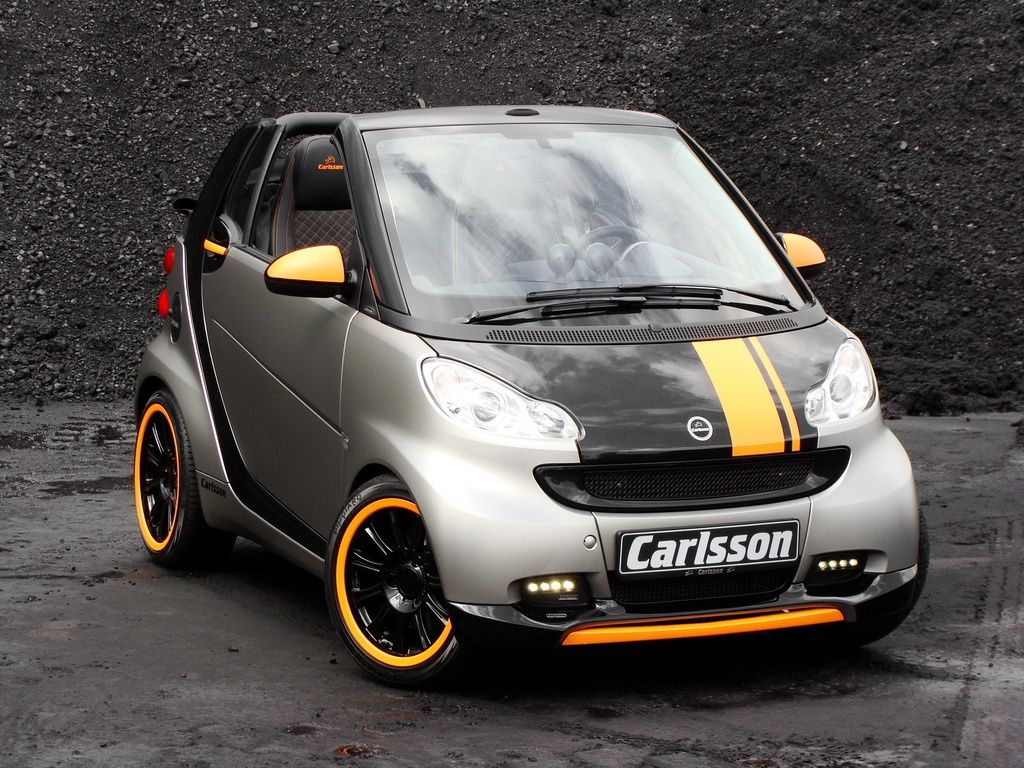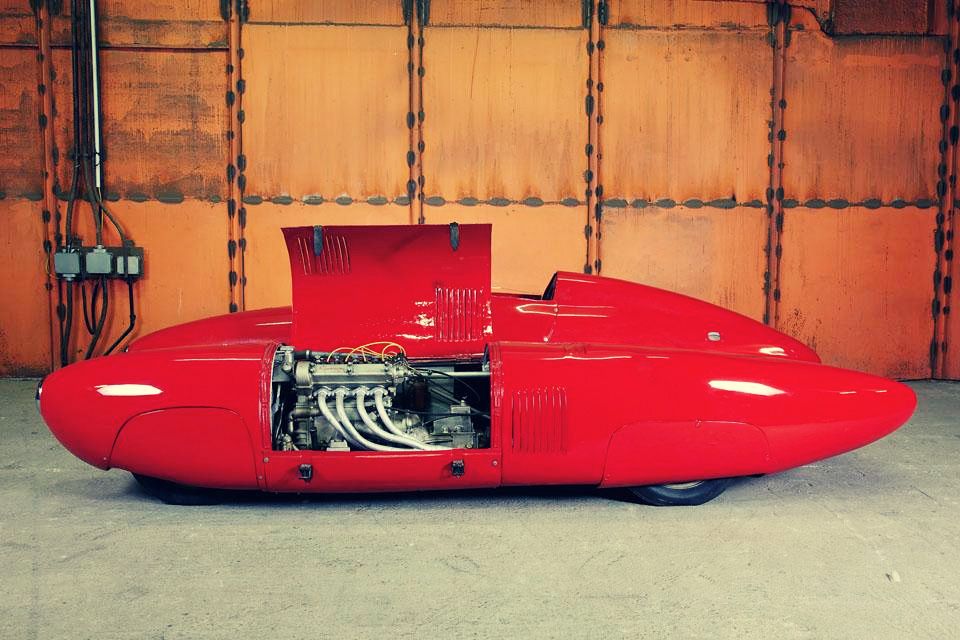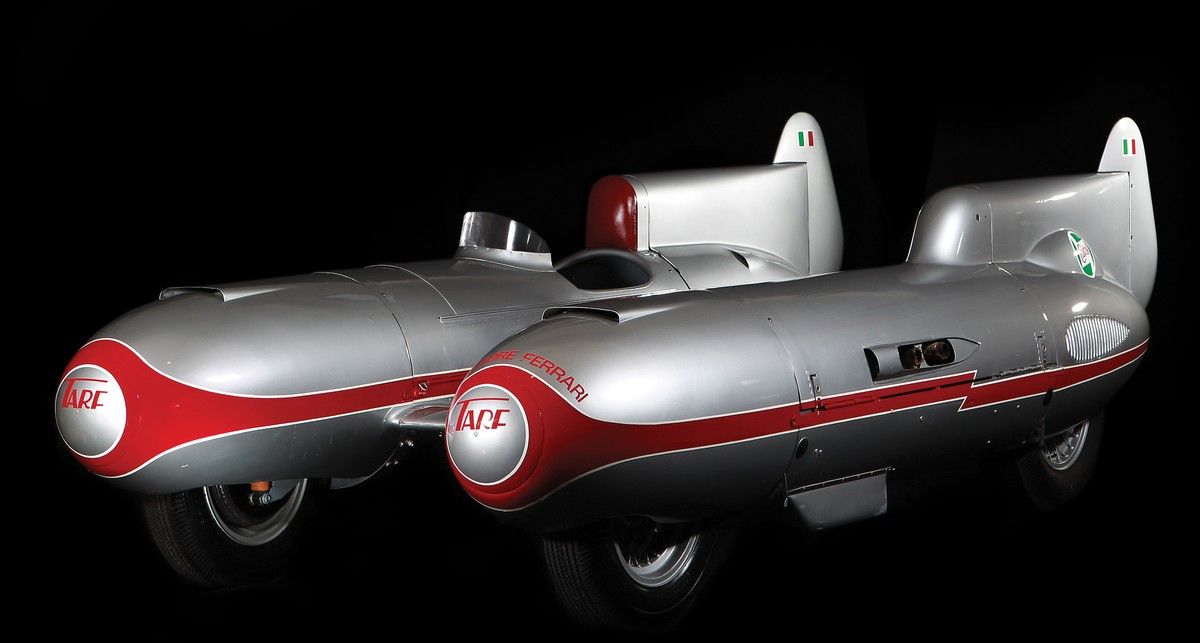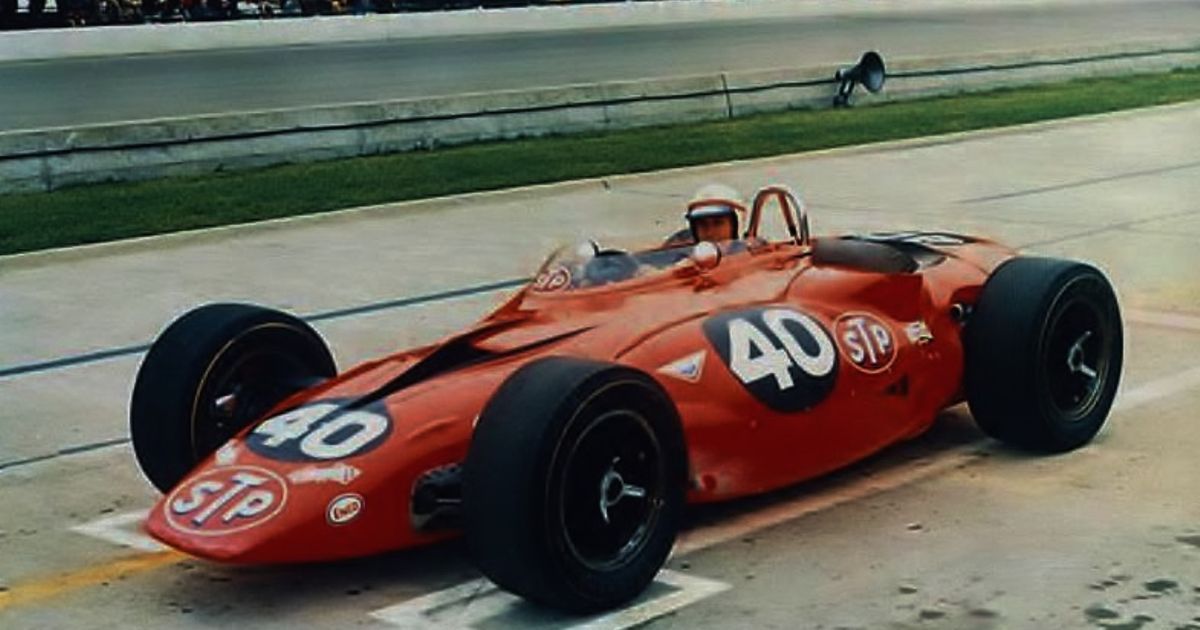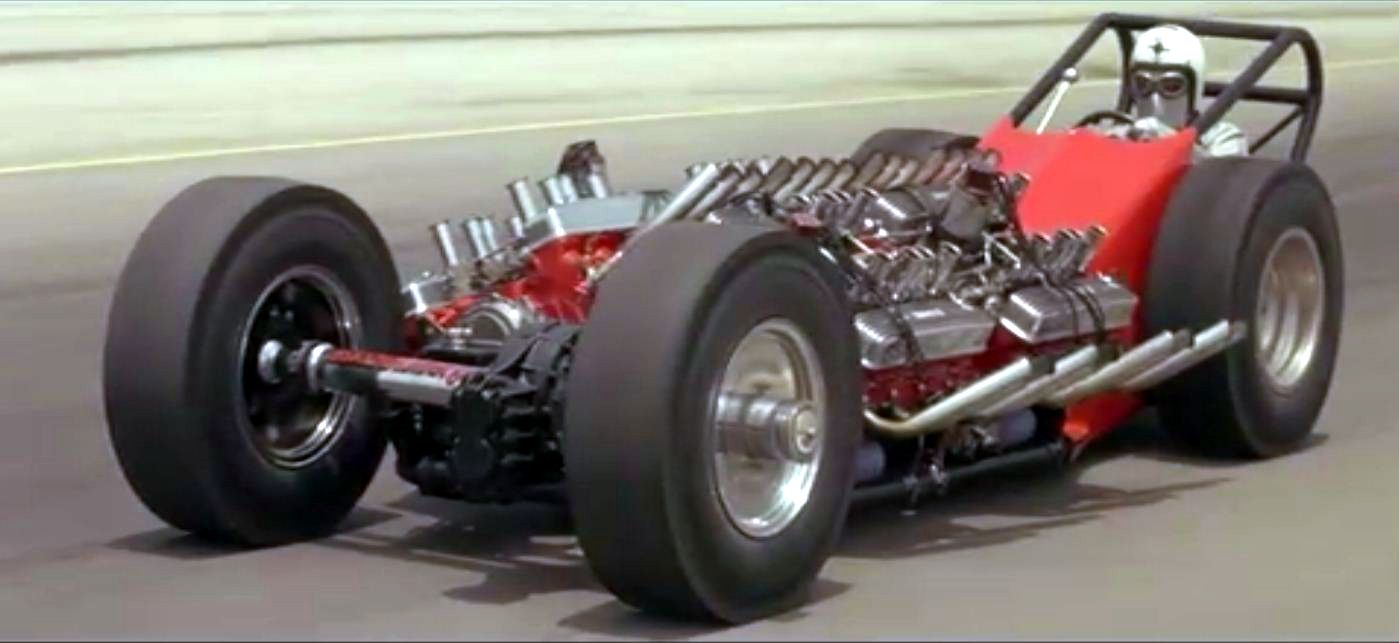Race cars today tend to be very much alike in terms of their form and functionality. F1 cars are small and sleek, meant to achieve major high speeds and incredible curves while keeping to the same look. NASCAR automobiles are larger and can resemble more “everyday” cars, yet they pack some serious horsepower under those hoods. For the most part, both organizations insist their cars follow the same guidelines and it’s hard to tell any major changes between teams.
The rules are different in Europe, as the Le Mans competition rules actually encourage car owners to bring up some unique designs for their cars. The results have been some truly innovative automobiles with designs that look like they're straight out of a cartoon—and yet sometimes, they end up somehow working well.
Of course, some designs are just too weird to work out. More than a few teams have come up with stuff they thought would be fantastic, only to discover it just doesn’t work in real life. A few had good ideas but then messed them up in the execution. Yet, some are daring designs that actually did end up seeing major success. Sometimes, the concepts were ahead of their time in how they worked and could have done better in another era. Other times, they were just too radical for any period yet made for a fun sight on the track.
Here are 20 pictures of some of the weirdest race cars ever made, showcasing how crazy some designs can be for the track.
20 Golden Submarine
Back in the early 20th century, all race cars were open-aired for the driver. The idea of a car interior wouldn’t really take off for a few more years. That’s why it was rather daring for Barney Oldfield, Fred Offenhauser, and Harry A. Miller to craft a car meant to protect the driver. They wanted a car that could do that while also remaining aerodynamically efficient. Sadly, the technology of the time meant that the result was what looked for all the world like a submarine on wheels. However, its 4.7-liter engine was powerful for the time, so it ended up winning 20 races. It may look laughable today but this was truly a groundbreaker in the history of racing.
19 Tyrrell P34
Few designs in F1 are as instantly striking as this. The reason is, of course, the fact that it boasts six tires. Derek Gardner hit upon the obvious idea that adding two more wheels would improve the car's aerodynamic profile, allow it to take to curves better, and overall increase the speeds it could reach. It was, at first, a success and would lead to some imitators. There were drawbacks, though, as more wheels meant more of a risk of a blowout and it didn’t handle the road as well as Gardner had hoped. Still, it did work and it looked like it would innovate the sport. However, F1 stepped in and instituted the rule that a car had to be four-wheeled. Thus, the P34 ranks as a unique experiment.
18 Cadillac “Le Monstre”
One look and it’s obvious where they got the nickname for this thing. The idea was to reduce weight and wind resistance and make a standard Cadillac more of a speed machine. However, the design ended up looking like some sort of strange barge. In fact, Le Mans officials had to carefully examine it to ensure it met their specifications and hadn’t been strangely modded. It turned out all that work was for little payoff, as the car ended up 11th in the 1950 Le Mans. In fact, that boxy look may have played a part in its loss. Yet, it’s hard to see a car that lives up to its nickname more than this monster.
17 Ferrari 25O GT SWB Breadvan
Few people thought the Ferrari 250 GT needed improvement at all but Giotto Bizzarrini disagreed with that assessment. He took on the challenge of adapting the GT with an even lower body and an extended roof. That transformed the car into an even faster machine that gets going quite nicely. Its shooting brake appearance had papers in the UK instantly dubbing it “The Breadvan,” a label Bizzarrini has since worn with pride. This thing actually outpaced many of its Ferrari compatriots at the 1962 Le Mans before being taken out by a drive shaft failure. It shows how even a Ferrari can be made into an even faster machine.
16 Ardex S80
As soon as it debuted, the Ardex S80 looked to be a car of the future. Jean Rondeau helped design this car, and its wedge shape front was a massive aid for achieving some terrific speeds. It was matched by a top-notch straight-six engine that allowed it to roar around faster than others of its time. Between the design and the speed, this thing should have dominated the 1981 Le Mans race. The problem was that, in those year, Porsche's 936 models were pushing the rules of how fast a car could be in order to qualify. Despite its speed, the Ardex couldn’t keep up and thus, wasn’t allowed to compete. Too bad as a car this cool looking deserved the chance to race for its life.
15 Rover-BRM
In the 1960s, the whole “Jet Age” thing was really a major deal with designers in all fields. Everyone wanted a vehicle that could look amazingly sleek and be able to reach some great speeds. The Rover-BRM was a very intriguing car as it possessed a gas generator with a compressor-driving turbine. This meant little fuel consumption which helped increase the speeds. Throw in the excellent aerodynamics build, which carried the UK's unique flavor, and it was an excellent-looking machine. The car did well, running in three straight Le Mans races, with its best showing at 10th place. It’s a car only designers in the UK could come up with and it still looks good today.
14 Chaparral 2J “Sucker Car”
In his prime, Jim Hall was a top-notch car racer and designer who tested the boundaries of many automobiles. Few pushed the limits as well as the Chaparral 2J. There are actually two engines, with the large Chevy V8 powering a smaller engine that drove two fans, manipulating air below the bottom of the car. This created the “sucking” move, which allowed the car to achieve even higher speeds. It was aided by the great design that blocked out more of the air. It picked up a few wins before opponents complained that the dual engines were against the rules and had the car discontinued. In many ways, this design was ahead of its time for increasing speed by extreme manipulation of airflow.
13 BMW H2R
This record-breaker was astounding, going from design to on the track in just ten months. The V12 engine is showcased by a fantastic liquid hydrogen fuel intake that allows it to achieve speeds that put most top-level cars in the dust. The design itself is amazing, with its low-slung frame being as sleek as possible—to the point water literally runs off it. It can go from zero to 60 in six seconds and reach a top speed over 300 mph. The unique “cockpit” for the driver is nicely balanced in the middle of the car and it looks like a cartoon vehicle come to life. Sadly, only a hundred were made before it was discontinued but it remains a terrific ride for a top engine.
12 Nissan DeltaWing
One of the newer cars on this list, the DeltaWing rocked racegoers when it showed up in 2012. It looked like the main body of a fighter jet with wheels attached to it. It was sleek and dynamic and the mere sight of it turned a huge amount of heads. The DeltaWing wasn’t a huge winner on the track in races yet the amazing speed and the way the design enhanced its performance were great. It looked to be the race car of the future, only for a lawsuit to put an end to its potential. But, for the time it was used on the track, the DeltaWing was one car that truly showcased what a rocket on wheels could look like.
11 Eagle Aircraft Flyer Special
Dean Wilson had been the owner of a successful line of crop-dusting planes. He got it into his head he could integrate those designs into a race car. Joe Turling agreed to fund Wilson’s design, which debuted in 1982. Ironically, Wilson’s idea was to cut out any wings from the Indy car. He fashioned the car out of square chrome-molybdenum steel tubes and aluminum sheets with wood in the back. He also gave it a needle-like appearance, with the driver pushed about six inches from the front. Despite all warnings from driver Kenny Hamilton, Wilson’s car spectacularly failed to qualify, with Wilson refusing to acknowledge how bad it was. It stands as one of the biggest race car flops in history.
10 Chaparral 2H
Even a genius has to fail once in a while. Yes, Jim Hall and his Chaparral were responsible for some daring and innovative designs in their cars. Yet, even Hall couldn’t pull off the 2H. The idea was sound enough, with the body surrounding an enclosed cockpit, providing the driver with a great central position to allow for better balance and handling. Sadly, somewhere in the design process, Hall decided to add…that wing. The massive aero-fin attached to huge struts was utterly laughable and soon led to the nickname of “The White Whale.” To little surprise, the wing dragged the car down and it didn’t even qualify before the engine gave out. This remains a car infamous for the wrong reasons in its design.
9 Rondeau M482
In 1980, Jean Rondeau stunned the racing world by winning Le Mans with a hand-built car, the M379B. Two years later, he attempted to top it by debuting his brand new creation. The M482 looked like something out of a cartoon. It had underbody tunnels which literally sucked the car closer to the ground to enhance its performance. The aerodynamic design was crafted to accelerate the flow, aided by the great fins and rear coupling. Sadly, this car failed to match the success of Rondeau’s earlier effort and it lost the race badly. It's too bad, as it had a great look yet Rondeau realized that lightning rarely strikes twice with great car builds.
8 Upside Down Camaro-Festiva Monster
In terms of wild ideas, this is actually rather obvious: take your standard Camaro and flip it upside down, while still making it drivable. Debuting in 2013, this car has the chassis of a 1990 Ford Festiva with an inverted 1999 Chevy Camaro sitting on top of it, with wheels included. As it happened, owner Jeff Bloch found himself in trouble with his local homeowner's association, who claimed this broke several of the local speed and parking rules. It was a great sight and has become a popular car for many motor enthusiasts to check out. That it’s actually street legal makes this one of the wildest car combinations ever put together.
7 BMW 320i “Art Car”
In the 1970s, crazy ideas were pretty common in the auto industry. One of the wilder ones was BMW deciding to do a series of cars crafted by some of the biggest artists of the time, names like Andy Warhol. In 1977, pop art pioneer Roy Lichtenstein used a 320i for his canvas. The result was a beautiful portrait of classic oils, which Lichtenstein claimed was “a depiction of the road, showing the car where to go." It looked like that guide did pretty well, as the car finished 9th overall in that year’s 24 Hours of Le Mans event. The car is still a popular collector’s item to showcase how an artist’s touch can elevate a regular race car nicely.
6 Mini Marcos GT
The “mini” moniker not just a clever nickname. It weighs a total of 1,232 pounds. And that is not a misprint. Naturally, the horsepower is amazingly low also, at just 78. However, given its amazingly light build, the Marcos takes corners like a gem and can feel like you’re driving a car far faster than normal. It can be slow in the long stretch and uphill yet the corners are amazing thanks to its great frame and compact build. It ran in the 1966 Le Mans and while it ended up in last place, that was still a great achievement. Don’t be fooled by its size, as the Marcos packed a lot of potential into a very small body.
5 Smart Fortwo
A hatchback race car; the very idea sounds downright ludicrous yet it’s become a sight in Europe, especially in the United Kingdom and Belgium. It utilizes that classic two-passenger coupe design with the engine tuned for racing. A few cars add some additions like wings and spoilers to help out in a race. Yet many just go “as is” which leads to the bizarre sight of a hatchback car keeping up with regular race cars. Amazingly, some are able to do great, as a few mods are able to transform a Smart car into a machine that can outpace a Mustang. Yet, for those used to the large and sleek race cars of other countries, watching this mini-car on a race track is odd.
4 Nardi Bisiluro Damolnar
There are crazy cars…and then there is this. Hands down the most bizarre automobile to grace Le Mans, this thing caused huge double takes when it hit the track in 1955. It’s a bizarre mix of a race car, a catamaran boat, and a motorcycle sidecar—all rolled into one package. It resembles a pair of torpedo tubes linked together with the 55-horsepower, Giannini-tuned, BMW 750 engine in one “pod” and the driver in the other. While it may look great, it did not perform well, to say the least. According to legend, a passing Jaguar kicked up so much wind that it literally blew the Nardi off the track. Yet, when it comes to one-of-a-kind designs, few race cars have ever managed to match this wild entry.
3 Italcorsa/TARF II
Piero Taruffi may not have had huge success in racing but he did succeed in crafting a car that shattered land speed records. Whether going by the official name of the Italcorsa or the nickname of the TARF II, the car looks unique, as it appears to be two torpedoes attached together. One was the engine itself, a 720cc Maserati four-cylinder that generated 290 horsepower, which was a lot in 1952. The other was the driver able to control both tubes. The car broke numerous records, including the fastest kilometer, and even had a few exhibition races. It was retired to become a museum piece yet it stands out for how a combination car can actually work out pretty well.
2 STP Paxton Turbocar
Its life was short but so very sweet. Ken Wallis created this car for the 1967 Indy 500, wanting to craft a machine that could outdistance any rivals. He succeeded thanks to the innovative “side by side” design. The mid-mounted engine was on the left side of the car to dominate much of the body. The driver was at the right side and the balance managed to work out. The engine placement and the framework allowed the Turbocar to do well in the race. It was actually in the lead for most of it until a transmission failure took it out with just eight laps to go. Its career was ended the next year, though it’s odd that this design was never replicated.
1 Tommy Ivo “Showboat”
Amid car builders, Tommy Ivo has become a huge legend. The reason is his creation which he aptly calls the Showboat. Debuting in 1961, this monster was notable for its incredible four engines that added up to a whopping 2,000 horsepower. The engine was larger than the framework and dominates the entire car. It was at first used for exhibition, as officials ruled there was no way this could be on the track. However, they would allow it to go into a few and it did well. Requiring a chute to handle its breaking, the Showboat remains one of the single most powerful drag racing machines ever created. If Ivo did nothing else in racing, he’d still be remembered for this.
Sources: Jalopnik, Winding Road, Red Bull, and Motor Junkie.

